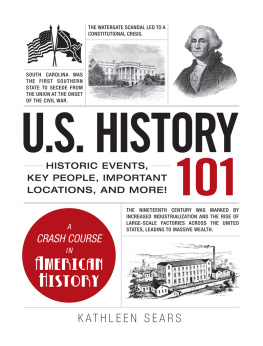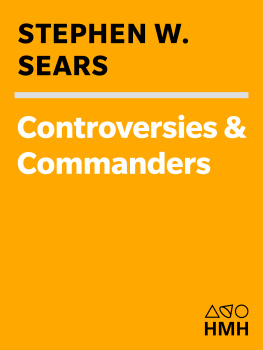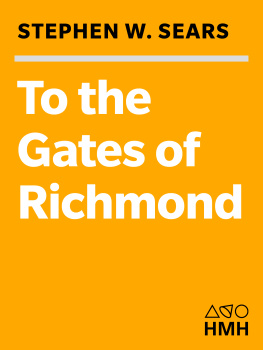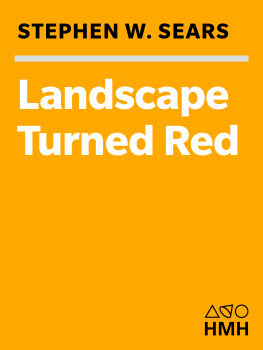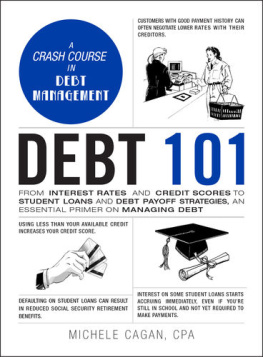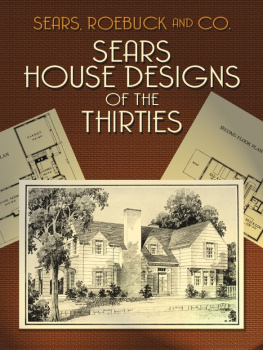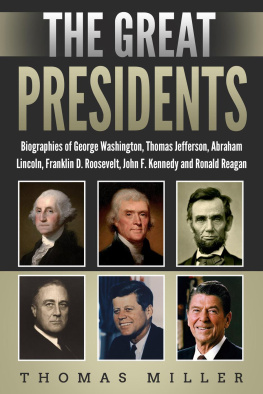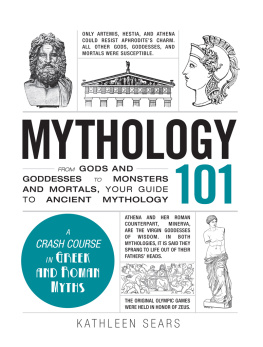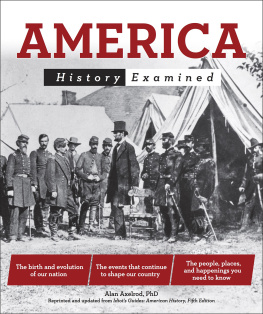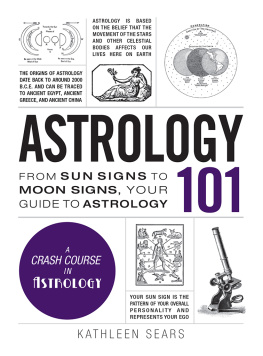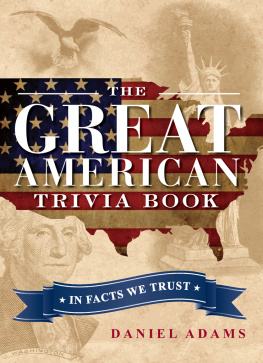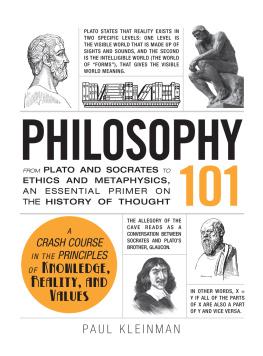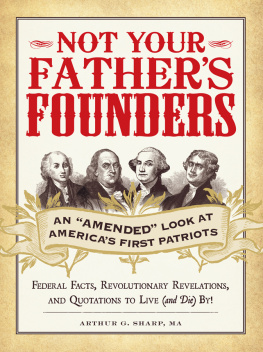Contents
Guide
U.S. HISTORY 101
HISTORIC EVENTS, KEY PEOPLE, IMPORTANT LOCATIONS, AND MORE!
KATHLEEN SEARS

Avon, Massachusetts
CONTENTS
INTRODUCTION
The United States is a great experiment.
When the Founding Fathers gathered in Philadelphia first in 1776 to hammer out the reasons for the colonies separation from England and then in 1789 to agree on a form of government for the new nation theyd brought into being, they were fully aware of the unusual nature of what they were doing. True, there had been revolutions in history before. But no one before this had undertaken to so radically reform the nature of society, to create from scratch a country governed by its people, one in which all men are created equal.
That vision has taken a long time to realize, and its not yet complete. Perhaps it never will be. Americas history has been punctuated by a long, bloody civil war, unrest and rebellion, physical expansion and political turmoil, and by economic growth and contraction. Today, as the most powerful nation on Earth, the United States continues its experiment in freedom.
This book was written to help you understand and appreciate that experiment. In its sixty-three entries, youll find information about events ranging from the landing of Columbus to the Great Recession; from the Boston Massacre to the Boston Marathon bombing.
Sometimes, because we often take history for granted, its possible to lose track of the power and meaning of the story of the United States. For all its flawsand many of them will be pointed out in the pages that followAmerica is a remarkable country. This rapid journey through its history will let you glance at both the high and low points and see how they contribute to the totality.
U.S. History 101 doesnt dwell in detail on any single topic; rather, it lets you skim through American history and see where the countrys beenand possibly get an indication of where it might be going.
Take a moment to look at a dollar bill. On the back of the bill, on the left side, youll see the Great Seal of the United States, adopted toward the end of the revolution. At the bottom of the seal appears a quote adapted from the poet Virgil: Novus Ordo Seclorum. The phrase means, a new order of the ages. Thats how the founders of the United States saw their revolutionas a decisive break from the past. As the heirs of and participants in that new age, we need to understand and value its history.
CROSSING THE LAND BRIDGE
The First People
Long before the arrival of Christopher Columbus, the American continents had been home to a thriving indigenous population of perhaps 70 to 90 million people for more than 20,000 years. The first humans to inhabit North America probably arrived from Asia by land bridge or sea, long before European contact.
BERINGIA
Some 35,000 years ago, when much of the northern oceans were massive glaciers and ocean levels were much lower, the Bering Strait land bridge connected northern Asia and what is now Alaska. Although we refer to it as a bridge, it was in reality a large body of land, called Beringia, that connected the two continents and was home for around 5,000 years to a number of human beings. At some point (evidence is sharply divided on when this occurred) these humans began moving east and south, gradually spreading across the North American continent.
Archaeologists and anthropologists generally agree that most of the people native to North America migrated from Siberia, likely pursuing animals such as the woolly mammoth. These people gradually spread to Central and South America. Ilya Zakharov, deputy director of Moscows Vavilov Institute of General Genetics, has conducted DNA testing to determine the exact origin of North American Native Americans. In an expedition he led in 1997, Zakharov went to the Ak-Dovurak region, 2,000 miles southeast of Moscow, and took hair samples from about 430 Tuvan people. An analysis of the DNA contained in the hair root was compared with Inuit and Amerindian, including Navajo and Apache, samples. High percentages of exact matches of the DNA between the Tuvan samples and those of Native Americans support the link between Siberia and North American peoples.
Multiple Origins?
Even though anthropologists generally agree that the land bridge was a major source of the first inhabitants of North America, some evidence suggests that parts of the population may have come from elsewhere. For instance, the fossilized skulls of the Beringians look quite different from those of Mesoamericans from the south. Its possible that these people arrived by boat from some unknown location.
LEIF ERICSON AND VINLAND
The Vikings Make Landfall
Although there are a number of theoriessome supported by archaeological evidenceconcerning early voyages to the Americas, the most accepted one concerns the people known as the Vikings.
Evidence suggests that around the year 1000, the Norse explorer Leif Ericson, the second son of Eric the Red, who had landed in Greenland in 982, set foot on the North American shore, which he called Vinland (later called Newfoundland) for its profusion of what he referred to as wild grapes. Legend tells that he fitted out an expedition and sailed west, in an attempt to gather proof of the claims made by the Icelandic trader Bjarni Herjulfsson. In 986 Herjulfsson, driven far off course by a fierce storm between Iceland and Greenland, had reported sighting hilly, heavily forested land far to the west. Herjulfsson, though likely the first European to see the continent of North America, never set foot on its shores.
In 1960, archaeologists discovered the remains of an ancient settlement at LAnse aux Meadows on the very northern tip of Newfoundland in Canada. Investigation established that this was a Norse settlement, which many have identified with Leif Ericson and Vinland (though Vinland seems to have referred to the whole land and not just the area in which the Norse settled).
The outpost at LAnse aux Meadows lasted only a few years; although the Norse found plenty of fish and birds to sustain them, the absence of large game forced them to turn their interest elsewhere, and they abandoned the settlement.
Adam of Bremen and Vinland
The German medieval historian Adam of Bremen (second half of the eleventh century) reported that he had been informed of the Norse discovery of North America. In his chronicle, he writes: [Svend Estridsen, the Danish ruler] also told me of another island discovered by many in that ocean. It is called Vinland because vines grow there on their own accord, producing the most excellent wine. Moreover, that unsown crops abound there, we have ascertained not from fabulous conjecture but from the reliable reports of the Danes.
COLUMBUSS VOYAGES
Europeans Discover America by Accident
In fourteen hundred and ninety-two, as every schoolchild knows, Columbus sailed the ocean blue. There have been a lot of myths about Columbuss voyage.
Myth: Columbus proved the world was round, not flat.
Fact: He did no such thing, since he didnt circumnavigate the globe. Nor did he need to; by the fifteenth century, pretty much all educated people knew the world was round.
Myth:

